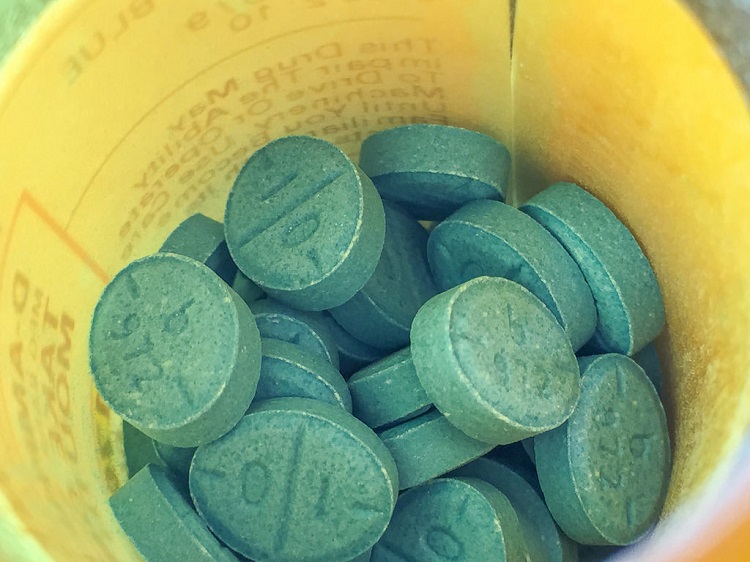Predicting Bad Drug Reactions Before They Happen
(Inside Science) -- It can take years after a drug is introduced for physicians to find all the serious -- perhaps even fatal -- side effects that did not come out in the testing. It would be much better to predict the side effects before they occur.
A team of scientists at Children's Hospital Boston, led by Aurel Cami and Ben Reis of the hospital's Informatics Program, has devised a mathematical prediction model to do just that.
The results of their study appear online today in the journal Science Translational Medicine.
The model was able to predict almost half the adverse drug effects -- or ADEs -- that were unknown when more than 800 drugs were introduced but that later showed up when the drugs became widely used.
That would be an improvement from the system now widely used to test for drug safety, which is expensive, inefficient and slow.
"New drugs are developed using many different biological systems and are required to be tested for safety and efficacy in two animal species, usually a rodent species and a dog model," said Alan Goldberg at the Johns Hopkins Bloomberg School of Public Health, who was not part of the research. "The failure rate of drugs that pass the current animal testing and are entered into clinical trials is more than 90 percent. Drugs that pass clinical trials on humans go on the market and for the first time are used in large numbers of people. At this stage there is still a high rate of unexpected adverse effects."
Essentially, "that meant waiting around until sufficient evidence built up of people getting sick from taking a certain drug," said Cami. "We are replacing detection technology with prediction technology."
The Boston scientists used a mathematical method called pharmacological network models. They took 2005 data from several websites and the commercial site Lexicomp, the same site physicians use to find adverse drug reactions in hospitals and medical offices. Lexicomp collects information in federally required inserts in drug packaging.
The data included everything known about the drug, its chemistry, its type, and its known safety issues, Cami said.
They ran 809 drugs and 852 ADEs through the model and compared the results to what was subsequently found about the drugs by 2010.
The model accurately predicted 42 percent of the ADEs that subsequently appeared with a small percentage of false positives, Cami said. It predicted which ADEs would not occur with 95 percent accuracy.
The ADEs that popped up were unknown in 2005 and only appeared later because they were reported in patients.
If the method was employed, Cami said, safety experts might test for potential ADEs before the drug was distributed.
"The numbers of compounds that have been tested by this algorithm is relatively small and only further evaluation will let us know how beneficial and predictive this approach will be," Goldberg said. "It is definitely worth trying."


